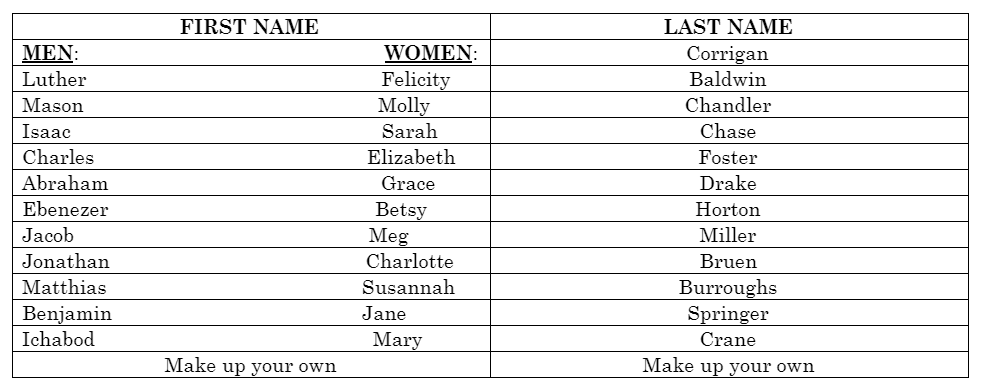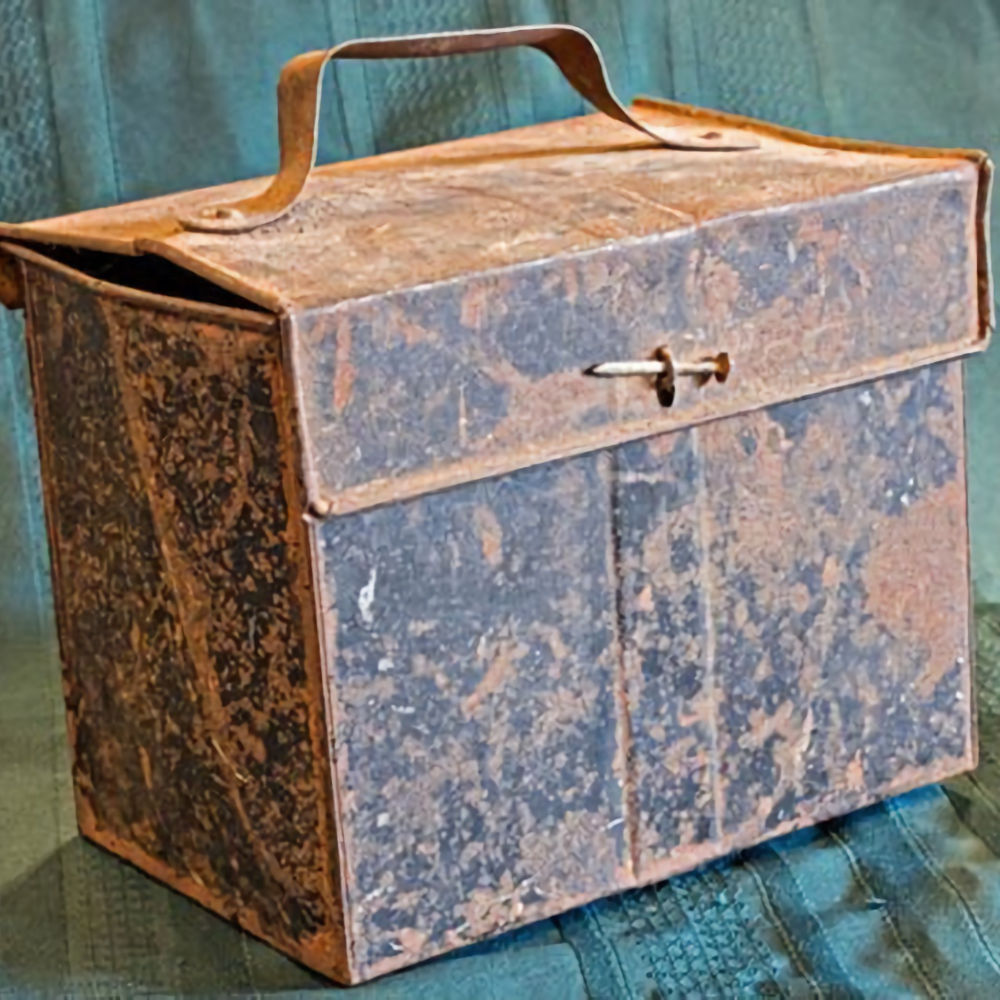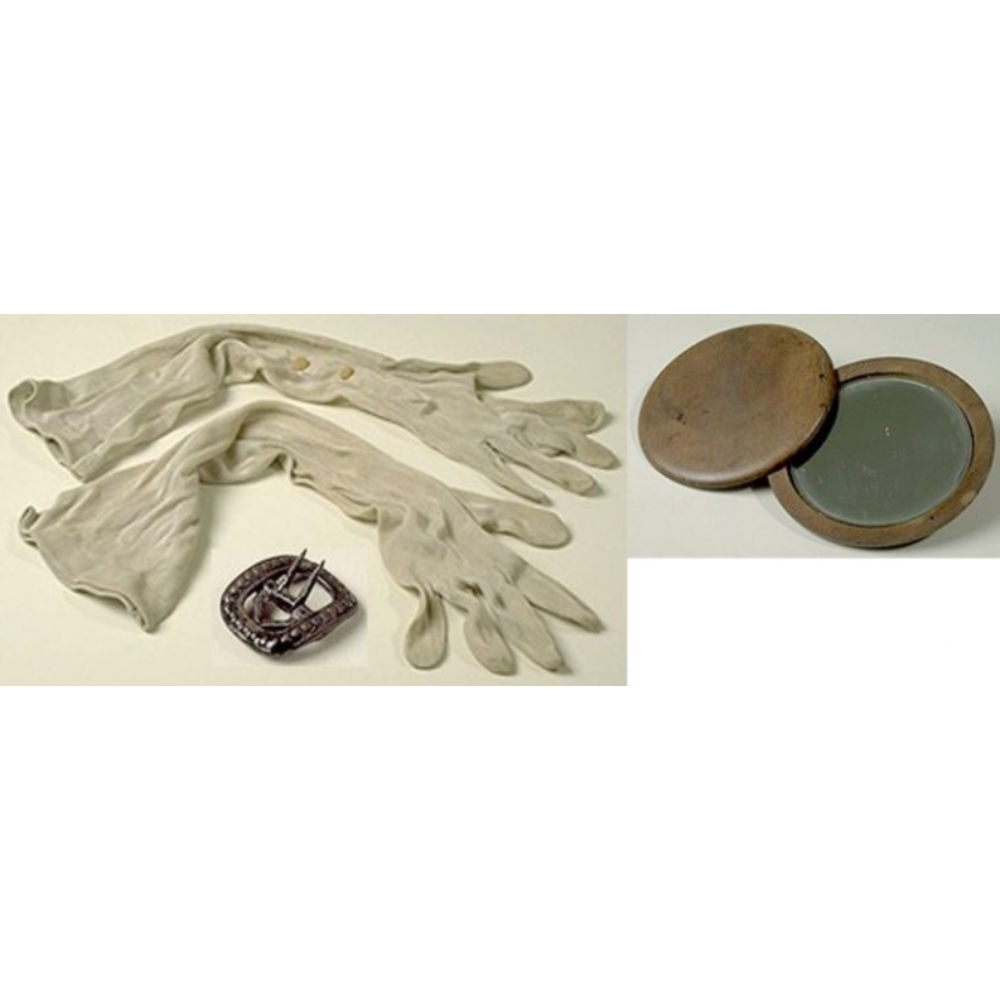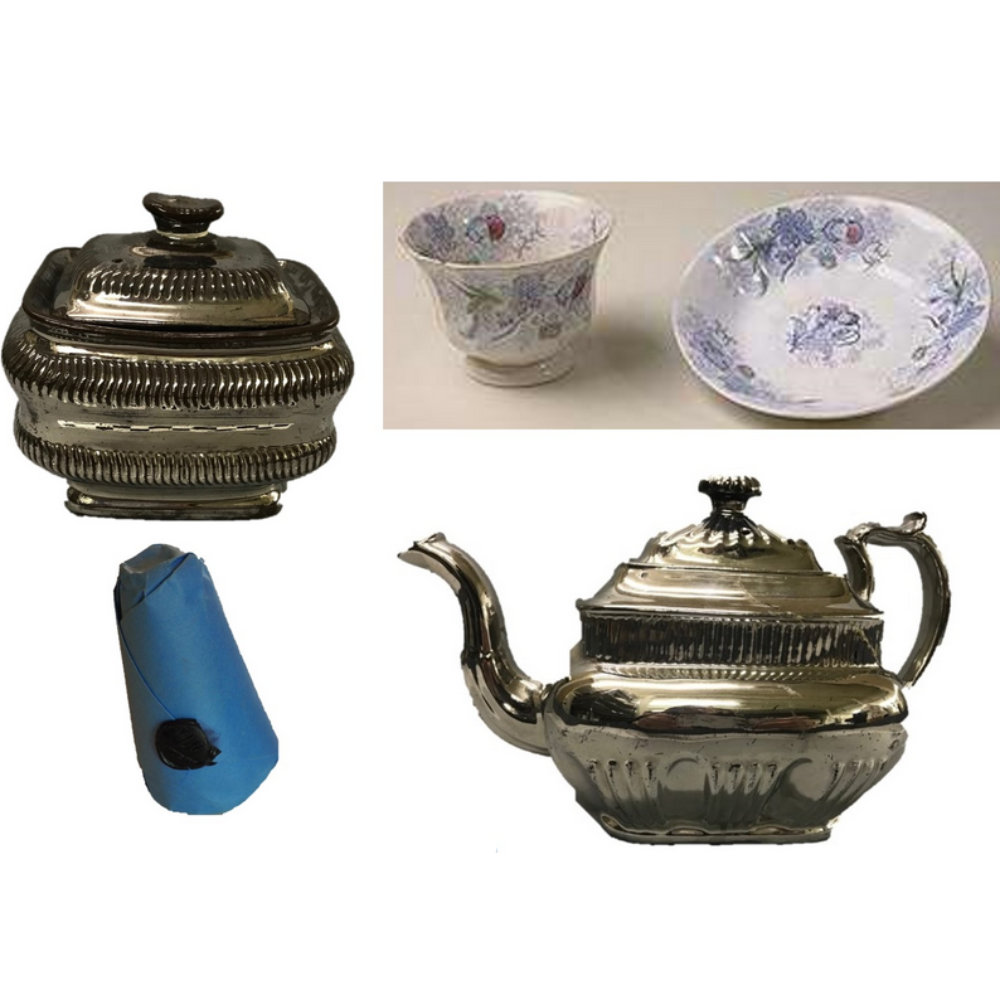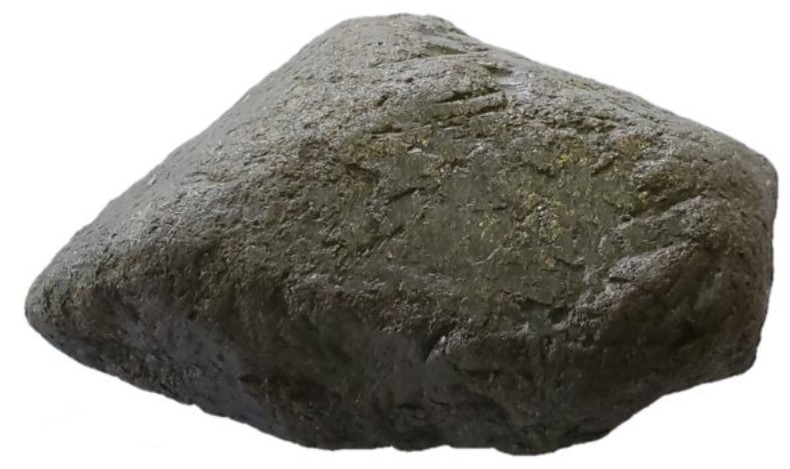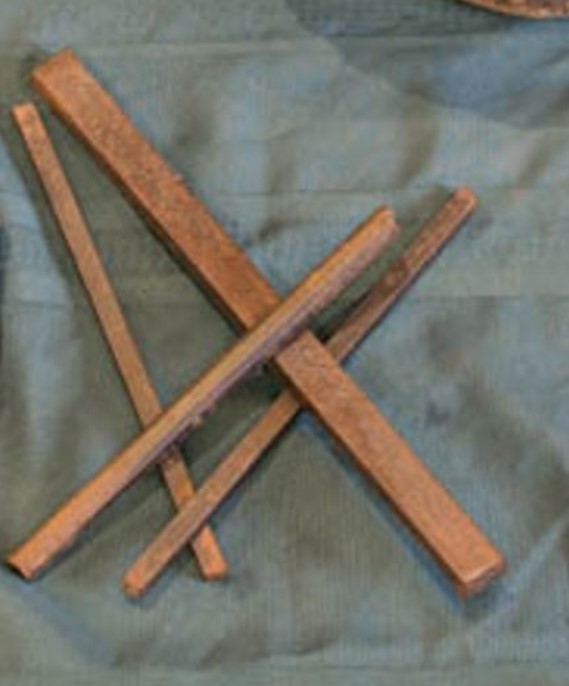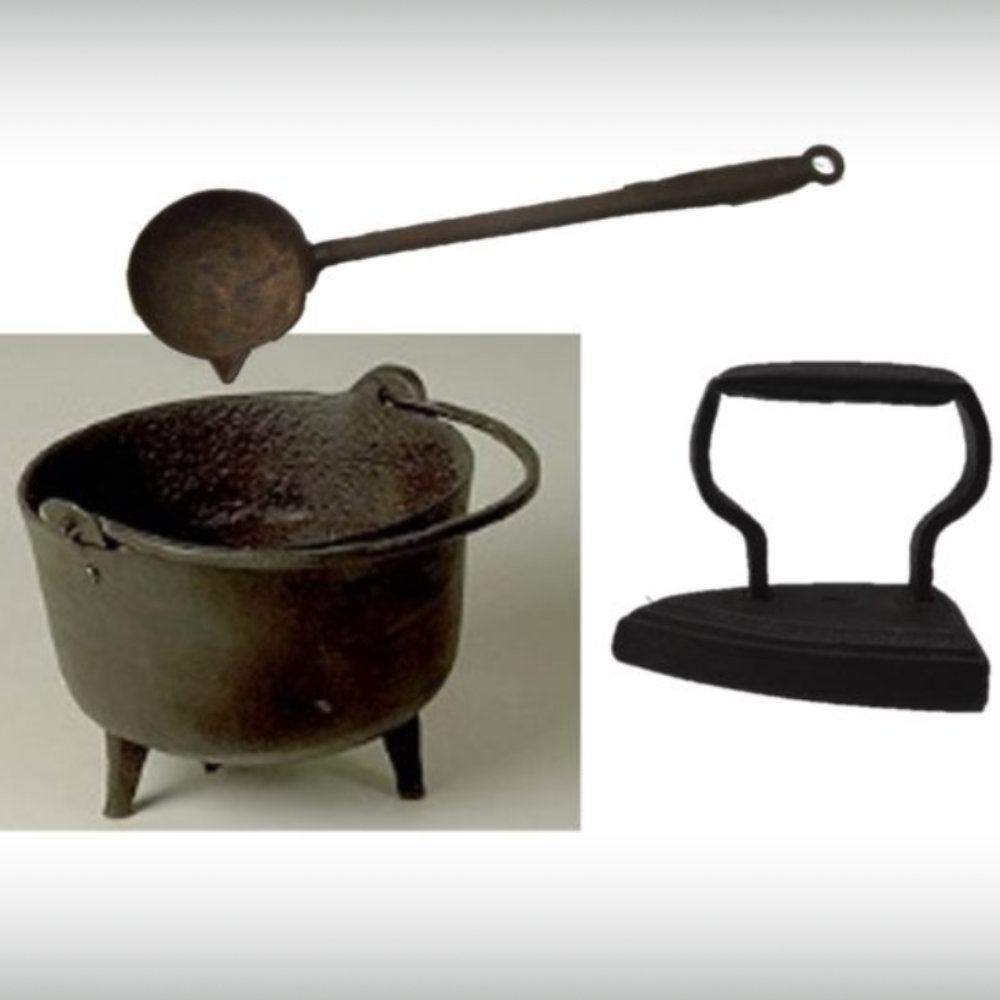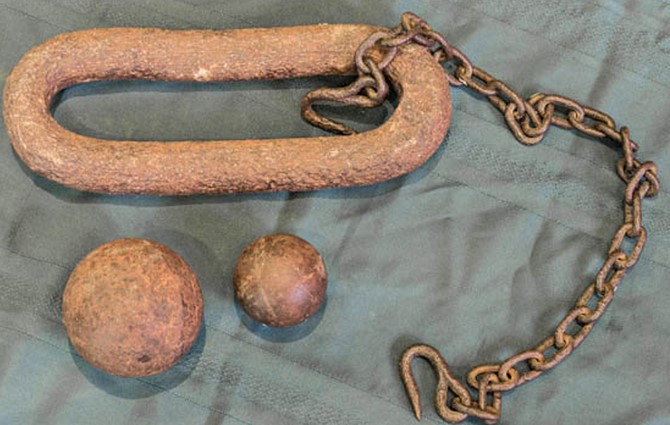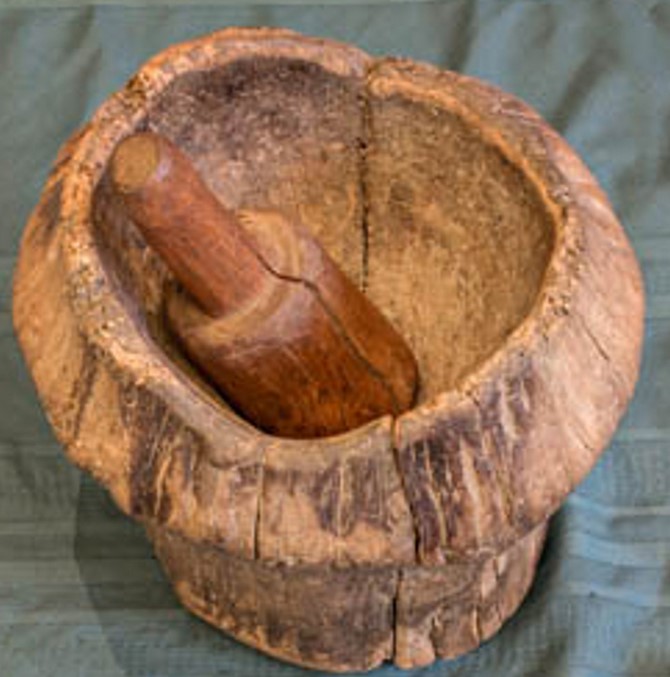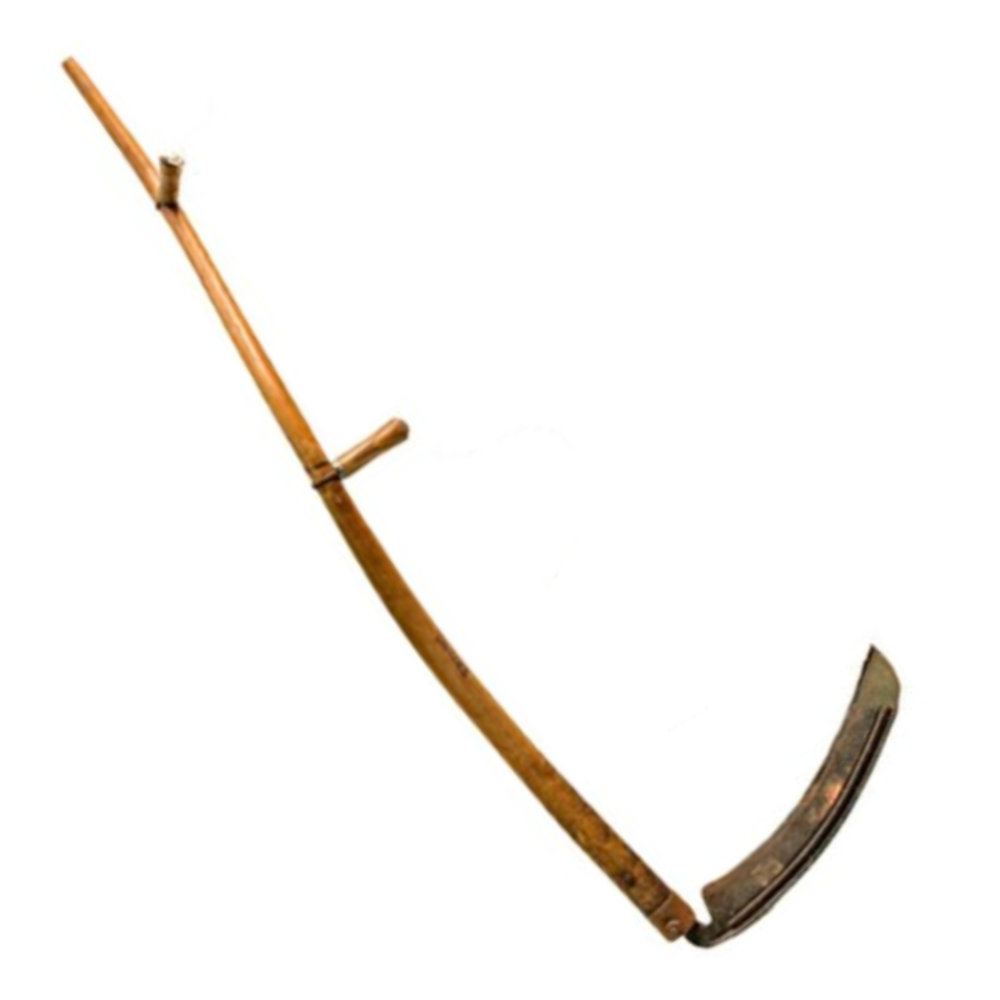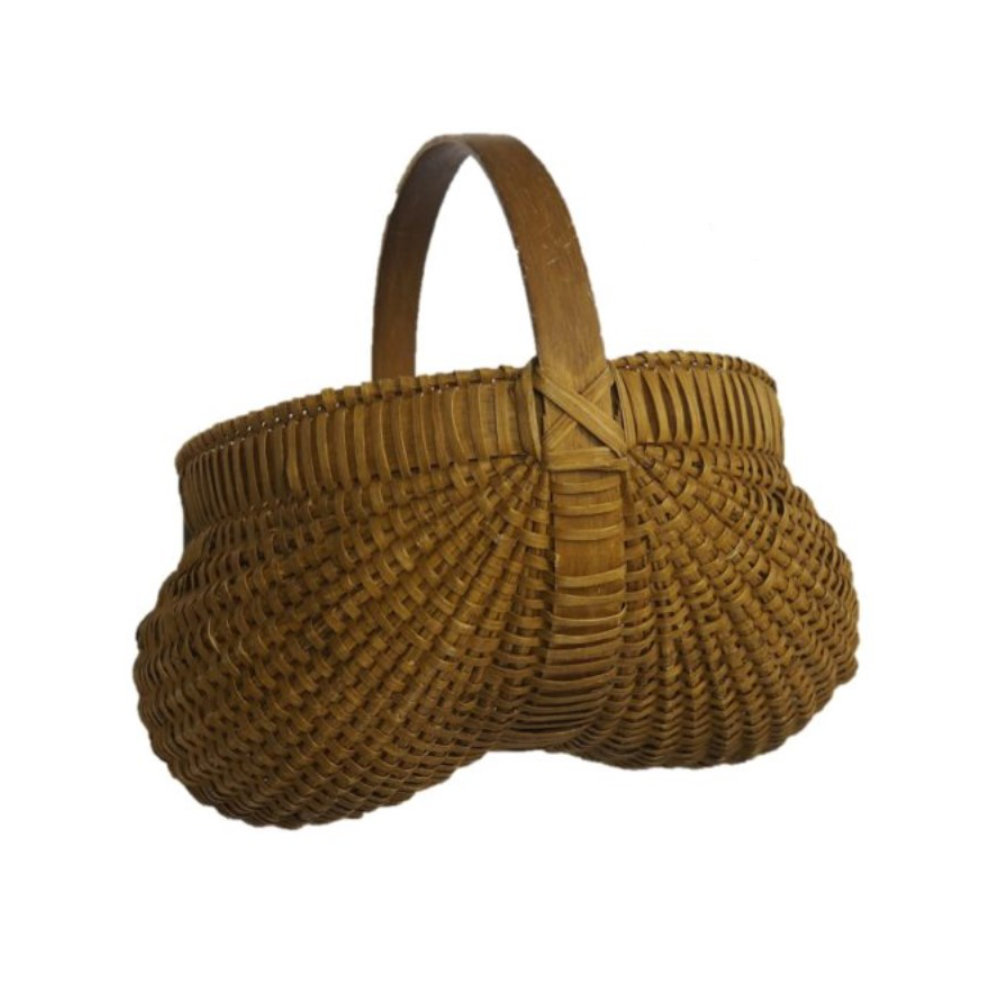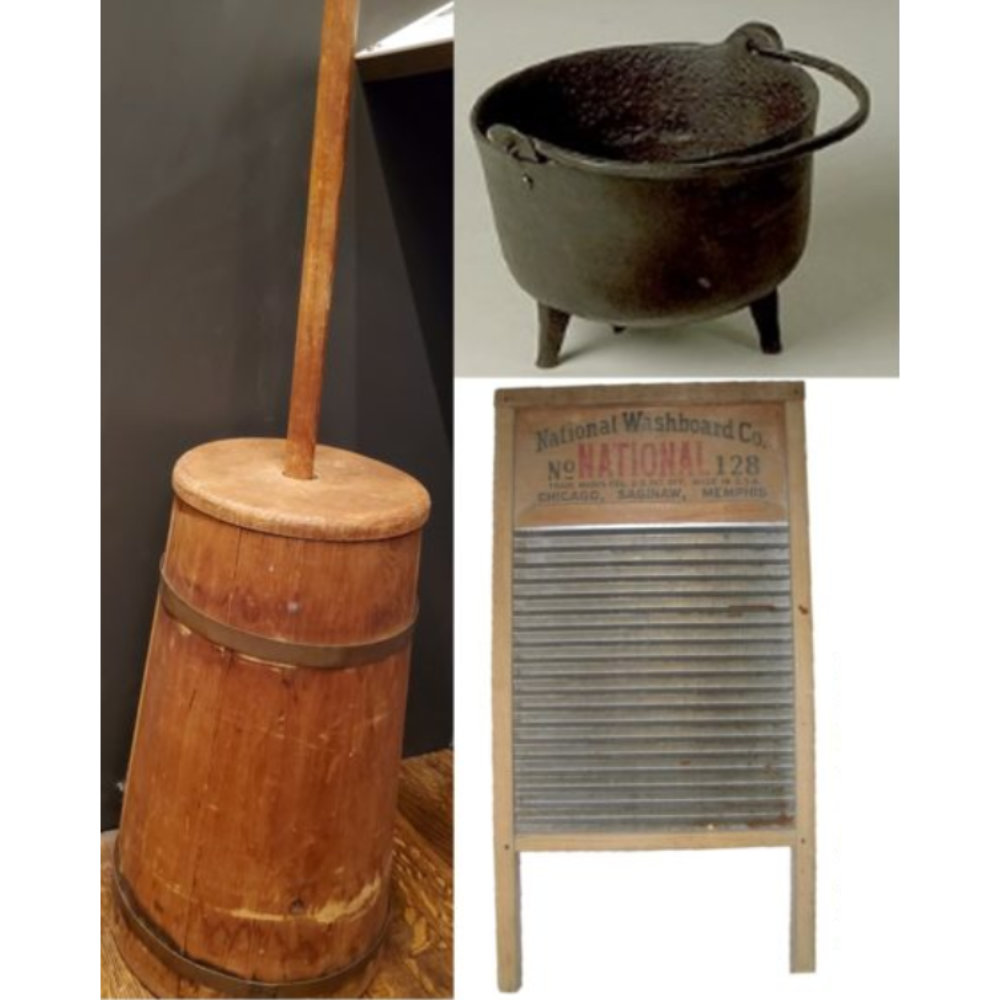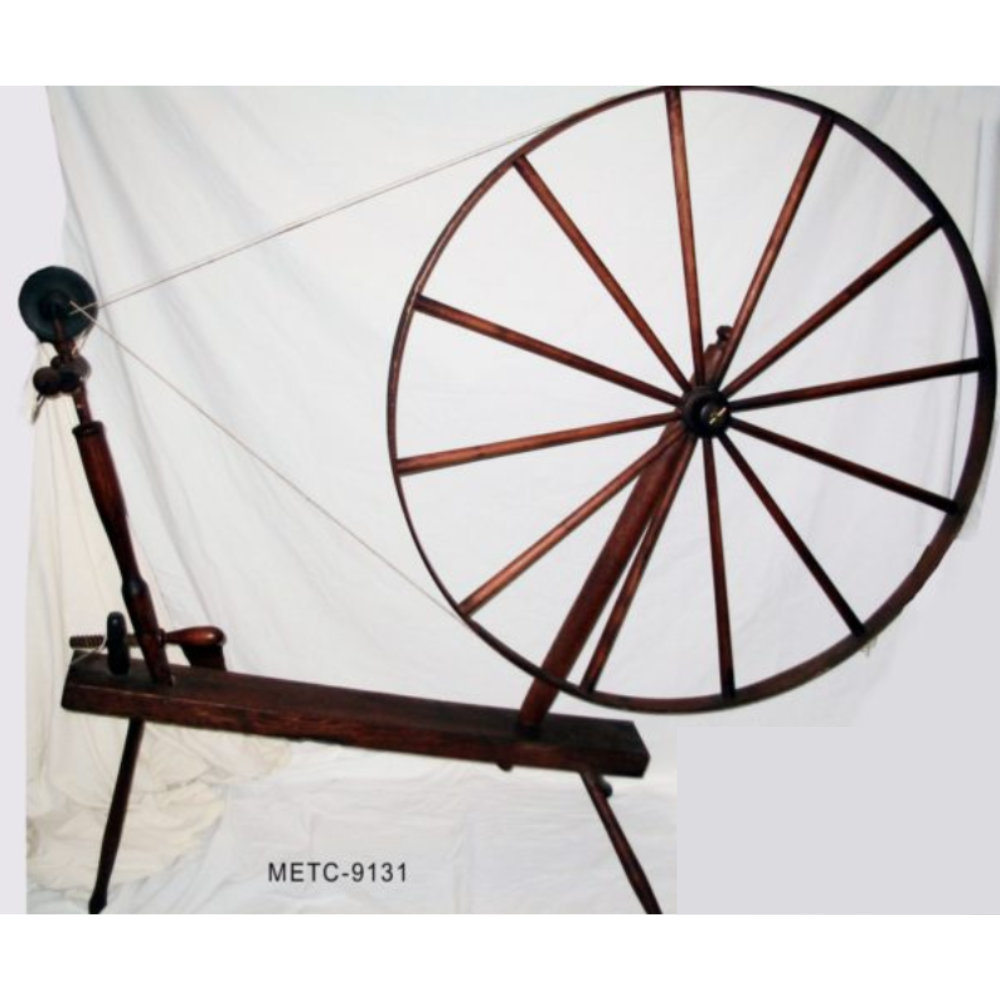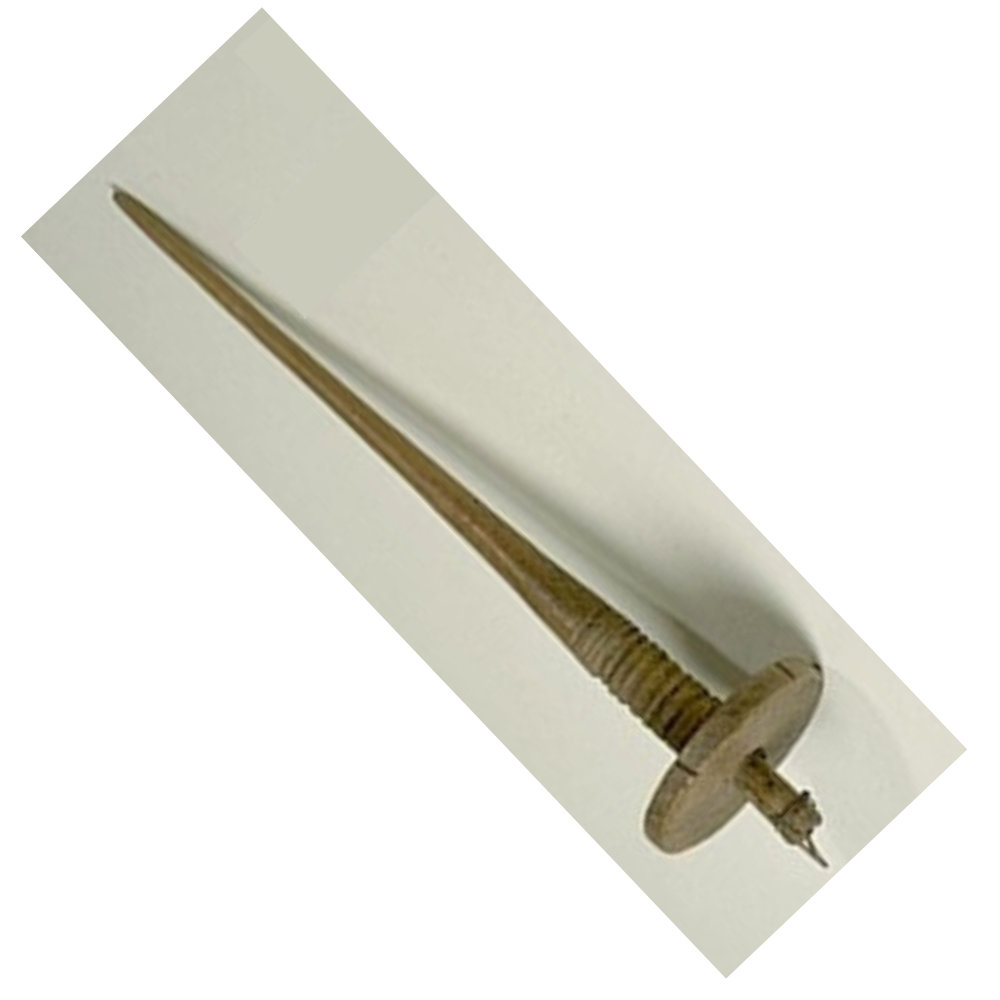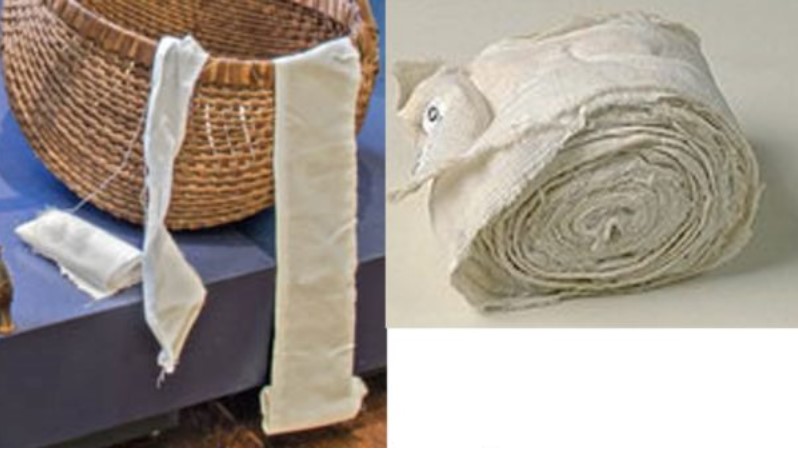American Revolution in NJ: Written Lesson
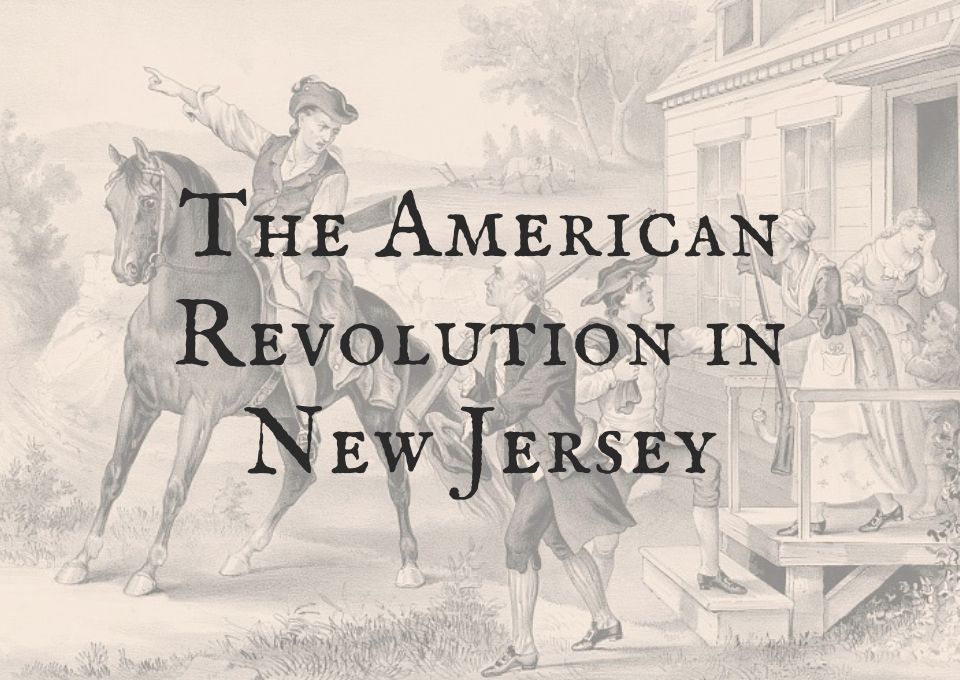
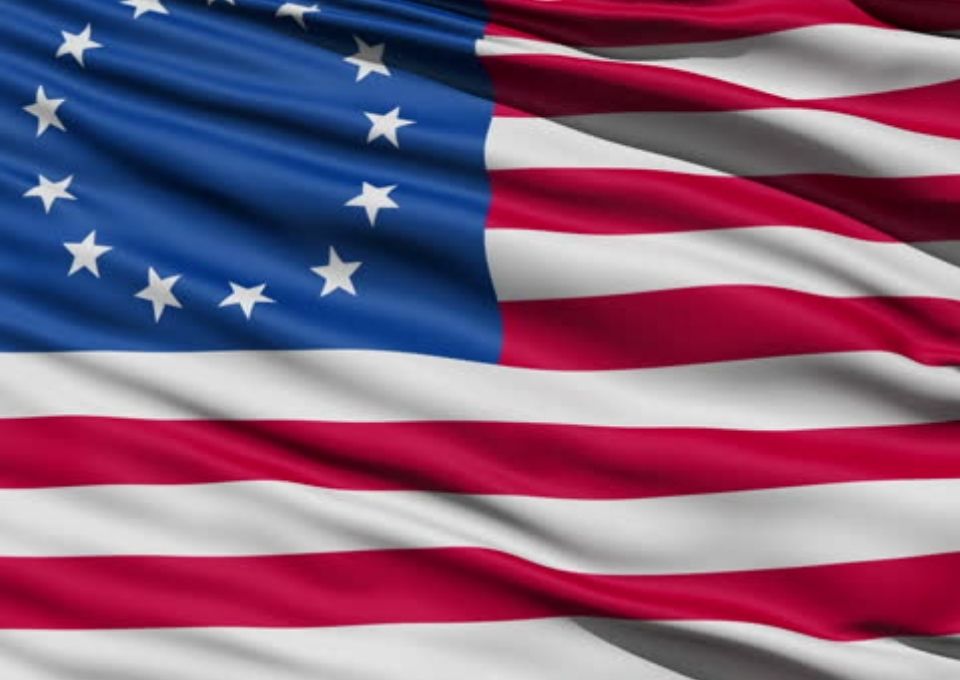
Introduction
This program looks at the American Revolution not through the lens of soldiers and combat, but through the eyes of the many other people in New Jersey impacted by the conflict. What happened to them? How were their lives changed as a result of the American Revolution? What kinds of different perspectives would they have had on the war?
A review of the basics:
Where did the American Revolution take place? In the 13 colonies that became the first 13 states. These were not the only colonies of Great Britain, but these were the ones that decided they wanted to form an independent county and which ultimately became the United States.
Notice where New Jersey is. The British held New York City for most of the war, and the Continental Army held territory farther south: New Jersey was right in the middle and saw many battles. For people living in New Jersey, the war was right in their backyard.
13 Colonies at time of Revolution
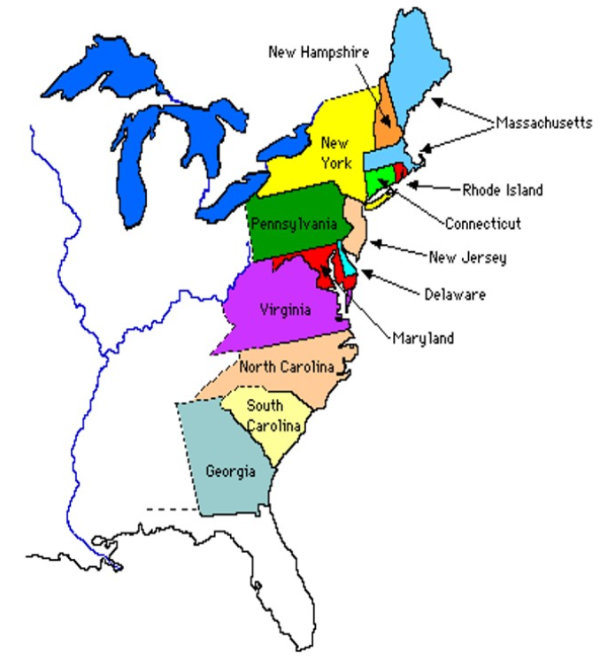
Territorial Map 1775
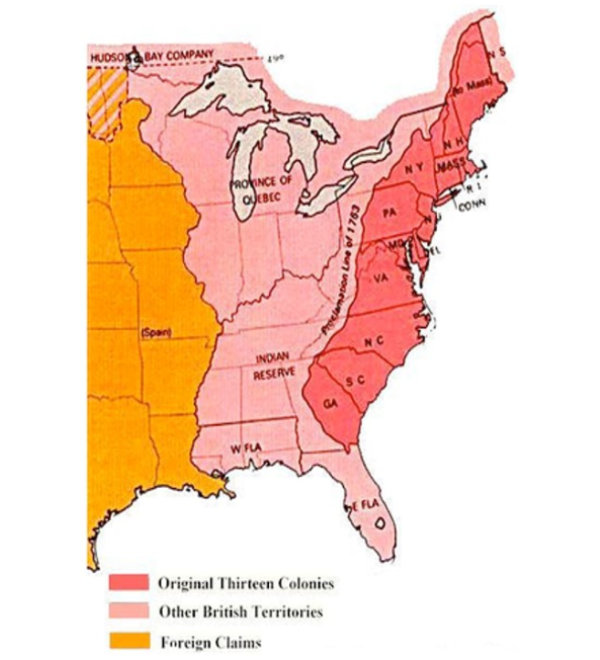
What was the American Revolution? Some people in the 13 colonies wanted to be independent from Great Britain. They were taxed by the British government but did not have a representative in parliament (similar to Congress), so felt the taxation was unfair. Ultimately, enough people felt strongly enough about this that they went to war to achieve it.
When did the Revolution take place? April 19, 1775 to Sept. 3, 1783. Invite your students to do the math on that. 8 years is a long war. Your students may not be able to remember 8 years ago. Imagine having a war going on in your backyard for that entire period of time.
Part 1: Civilians Impacted by War
It will be helpful if your students have the “Characters Notes Sheet.” They should print it out if they can, to take notes during this next section. If they can’t print it out, they should have another piece of paper handy to take notes on.
This section will go through some of the civilian groups most impacted by the American Revolution in New Jersey. The accompanying images of objects from the METC collection help illustrate the lives and stories of these individuals.
Tory
Also called a loyalist, this was someone who didn’t want to break away from Great Britain and who remained loyal to the king.
Why might you remain loyal to the king?
- You thought that rebelling was treason (technically true)
- You had been loyal to Great Britain and the king your entire life and couldn’t imagine giving that up, even if you weren’t happy with what the king was doing
- Economic interest (you did well from your connections to Great Britain)
- Britain was one of the most powerful countries in the world and you wanted to stay aligned with, and protected by, a powerful country like that
- Family ties with Great Britain
- The 13 colonies actually were in some ways treated better than other British colonies, including having a lower taxation rate
We tend to think of the war from the perspective of the side that won, but there were many loyalists in the 13 colonies. In many ways, the American Revolution was a civil war that divided families, friends and communities.
Many officials in the colonies were appointed by the Royal government and relied on good will in London to maintain their positions. Therefore, they were likely to remain loyal to the king. This included many Royal governors, such as New Jersey’s William Franklin
When the war broke out, many of these officials tried to assist the British army by bringing information on which people were loyal to the king (and which were not). A document box like this would keep these papers dry, and secure/secret.
These objects all are luxury goods, meaning things that many people were not able to afford. By the 1770s, the colonies produced many things, but many luxury goods were still imported (or brought in) from overseas. Then and now, people showed off their wealth with luxury goods (think expensive cars or clothes today).
Merchants imported items like these and sold them to colonists, often quite profitably. Many were hesitant to give up their source of imported goods (and income) and became loyalists.
Tea was another of these imported goods. By the end of the 1700s, tea drinking was an important social ritual for many households. At the same time, tea was so expensive that it might be kept locked up. The blue cone (bottom left) would hold sugar, another imported (and expensive) item. The box at top left is a tea caddy, which holds tea. There is also a silver tea pot on the bottom right, and a tea cup and saucer above it.
In the period leading up to the Revolution, Great Britain upset many colonists by taxing tea. Colonists wanting independence from England boycotted (stopped buying or drinking), English tea, but Tories continued to drink tea
Enslaved People
There were many slaves in all 13 colonies at the time of the American Revolution. The colonists wanting to break away from Great Britain used a lot of rhetoric, or language, of independence and liberty and expressed a desire for freedom from the tyranny and injustice of the British king.
What would your perspective on the war be if you were enslaved and heard the person who owns you complaining about a lack of freedom?
Chances are, you would probably see this as pretty hypocritical. Many slaves ran away and fought for the British, who promised them freedom in return, a promise they partially kept after the war. Those slaves who did not run away played an important role keeping households and farms running as more men left for military service.
The NJ Militia required all free men—including African Americans—to serve with their local militia unit. Slaves were not required to serve but could act as substitutes for their masters. In this case, the master had to supply all the necessary equipment.
Soldiers
The image below shows some of the standard items a regular soldier would have carried: Musket, shot pouch (for those tiny musket balls), a canteen (like a water bottle) and a powder horn for holding gun powder.
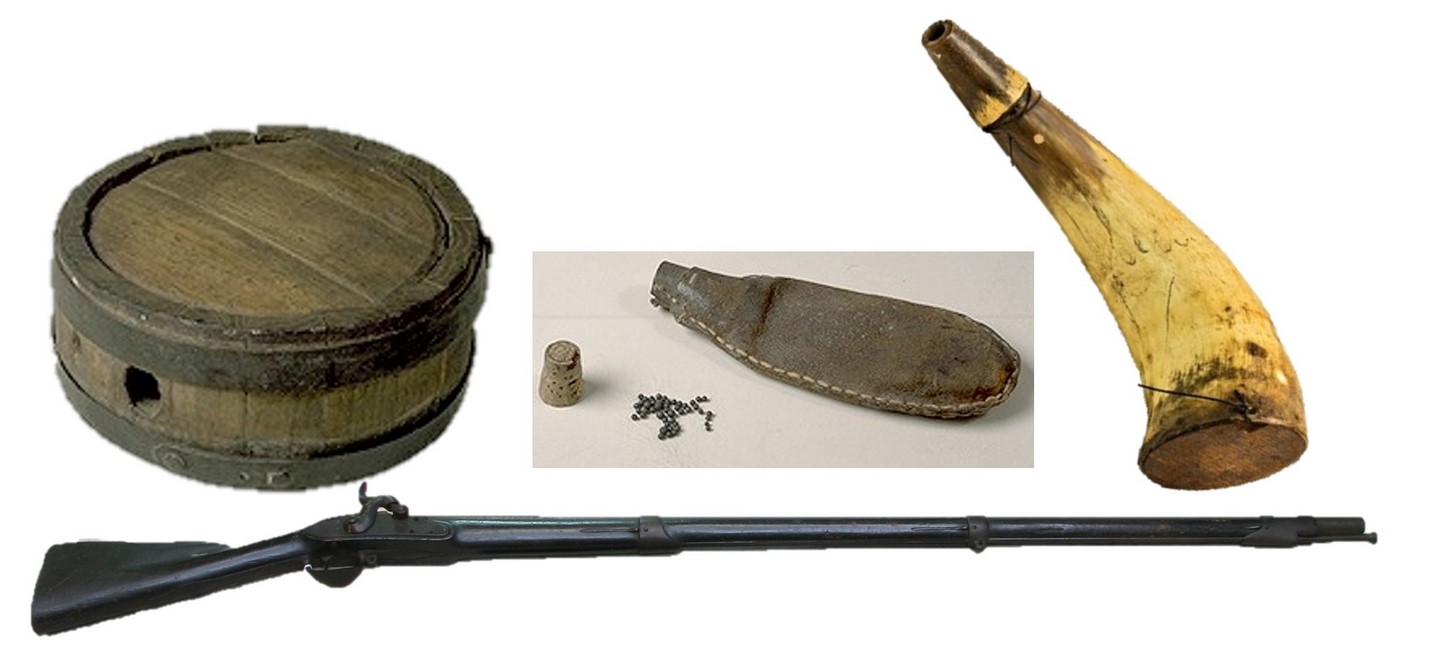
Ironworkers
Iron ore is mined from the ground, then melted down into iron bars. These iron bars are then turned into a wide variety of items by blacksmiths and other ironworkers.
Iron was used in many items of daily life in the 1700s and 1800s. This included items used around the home, such as an iron, a ladle and a pot.
In addition to this normal high demand for iron objects, the war brought additional work for ironworkers. This included cannonballs (the 2 round balls in the front of the image). To give an idea of size, the smaller of those fills the palm of an average adult hand. The other item in the image is one link in a giant chain. Chains like this might be used for ship anchors, but also were put across the Hudson River to stop British ships from passing.
Ironworkers also used a mortar and pestle like this to grind down saltpeter, a key ingredient in gunpowder.
The American Revolution brought a high demand for iron goods, especially for ironworkers willing to work for both sides. If you were an ironworker, what would your perspective be on the war?
Farmers
How do you think the war impacted farmers?
On the one hand, there was a high demand for food from cities like Philadelphia and New York City, as well as the two armies. Officially armies were supposed to pay for this, but both armies sometimes just took what they wanted as they marched through. And sometimes even when they paid for what they took, armies left farmers and their families with little to eat. And with many men leaving to fight, there were fewer people to do the work around the farm, and fewer people to defend it
Also, the British army paid in gold and silver not paper currency like the Continental Army (which had very little value). Farmers might be tempted to smuggle their goods into British-held New York City in order to sell it for more money.
Below are just two of the many tools used on a farm: This scythe would be used to cut down crops like wheat or hay and this egg basket was used to collect eggs.
Housewife
What do you think the war was like for a housewife?
As men left to fight, wives, mothers and sisters were left behind to run the farms. This was in addition to their many normal tasks that kept the household and farm together.
These women also needed to appear politically neutral. Many areas of New Jersey changed hands, or were crossed multiple times by both armies over the course of the war: If women favored one side too much when that army came through, they were more likely to be badly treated when the other army came through, meaning food taken without payment, the house taken over to house soldiers and so on.
Here are a few of the many objects a housewife would use in her daily life. A cast iron pot, used to cook over a hearth. A washboard, used in hand washing clothes. A butter churn, part of the dairy-related work that was typically performed by women. All of these jobs were time consuming and difficult, even without a war going on.
What do you think the war was like for a housewife?
As men left to fight, wives, mothers and sisters were left behind to run the farms. This was in addition to their many normal tasks that kept the household and farm together.
These women also needed to appear politically neutral. Many areas of New Jersey changed hands, or were crossed multiple times by both armies over the course of the war: If women favored one side too much when that army came through, they were more likely to be badly treated when the other army came through, meaning food taken without payment, the house taken over to house soldiers and so on.
Here are a few of the many objects a housewife would use in her daily life. A cast iron pot, used to cook over a hearth. A washboard, used in hand washing clothes. A butter churn, part of the dairy-related work that was typically performed by women. All of these jobs were time consuming and difficult, even without a war going on.
Those favoring independence not only boycotted tea, but other British goods as well, including cloth. This meant women had to take on the laborious job of making their own cloth out of wool from sheep and linen from flax plants. One of the most time-consuming steps of this process was spinning, or twisting, the raw material into yarn or string. This was done with spinning wheels or more portable drop spindles.
Women also did things like sewing uniforms and bandages, like those shown here. Women typically did much of the medical care around a farm, and this function continued during wartime.
Tavern Keeper
Taverns were essentially a combination restaurant and hotel, and were popular meeting places for social gatherings. The image below shows some of the items you might find in a 1700s tavern. Soldiers from both sides visited taverns to eat, drink and play games. This might result in additional business for the tavernkeeper, but might also spark conflicts. Tavernkeepers found themselves in the unique position of regularly interacting with people from both sides of the conflict and, because of the relaxed atmosphere of the tavern, they might overhear secret military plots and plans.
If you overheard soldiers planning, would you pass this information on to opposing army?
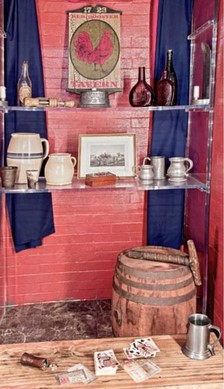
Part 2: Playing a Character
Give your students the “Journal Writing Page.” If possible, have your students hand write this activity, to be more in keeping with how people would have written journals during the American Revolution.
Your students are now going to take on the role of someone during the American Revolution, to help them understand the impact the war had on ordinary New Jersey residents. Your students will:
1. Decide who your character is. This starts with picking which group (listed below) you want to belong to. This gives you a broad context for your wartime experience, but you get to fill in all the details.
The 6 types of people are:
- Tory
- Slave
- Ironworker
- Farmer
- Housewife
- Tavern Keeper
2. Decide on a name for your character. You can use the name chart below for some common 1700s names if you want. Your name will go at the top of your journal page.
3. Pick the date you are writing about. This can be anything during the war (April 19, 1775 and September 3, 1783). You will write this date after where is says “date”. The “17” of the year is already there, so you only have to write in the specific year
4. Think about what your character is like, what his/her day is like, what activities he/she participates in, what thoughts/dreams/hopes/fears he/she might have.
5. Write a one-day diary entry from the point of view of your character. Be sure to include what he/she did today, anything remarkable that occurred today, his/her feelings about the day.
6. Try to fill at least one page, but you can write as much as you want.
Common Colonial Names: Choose one from each column to create your character
